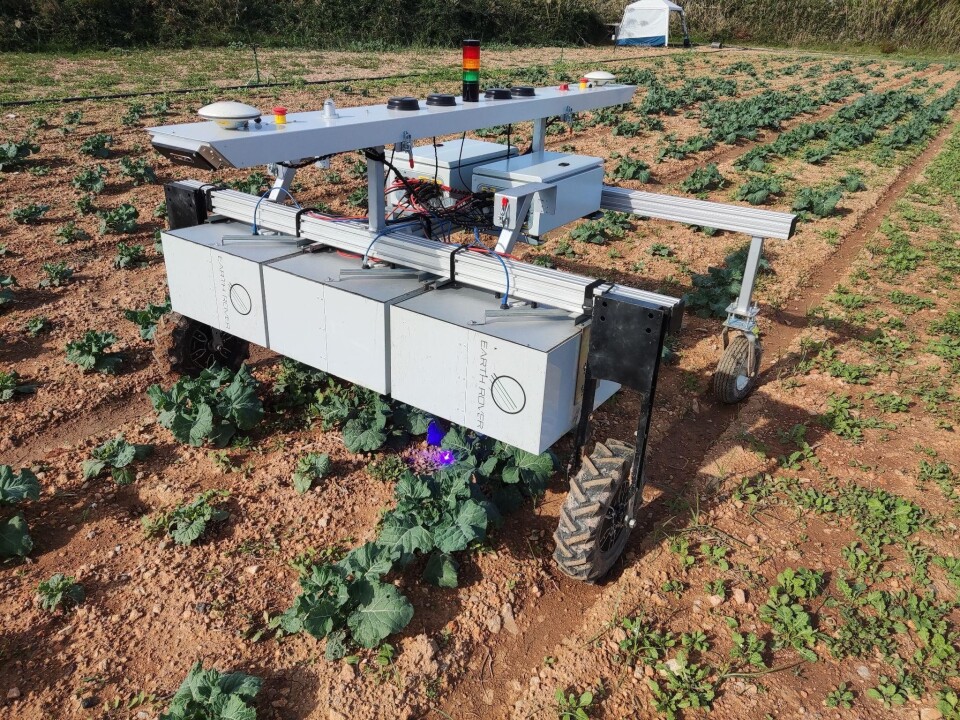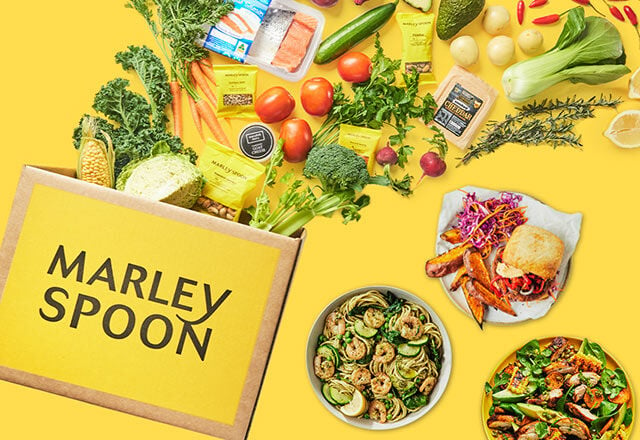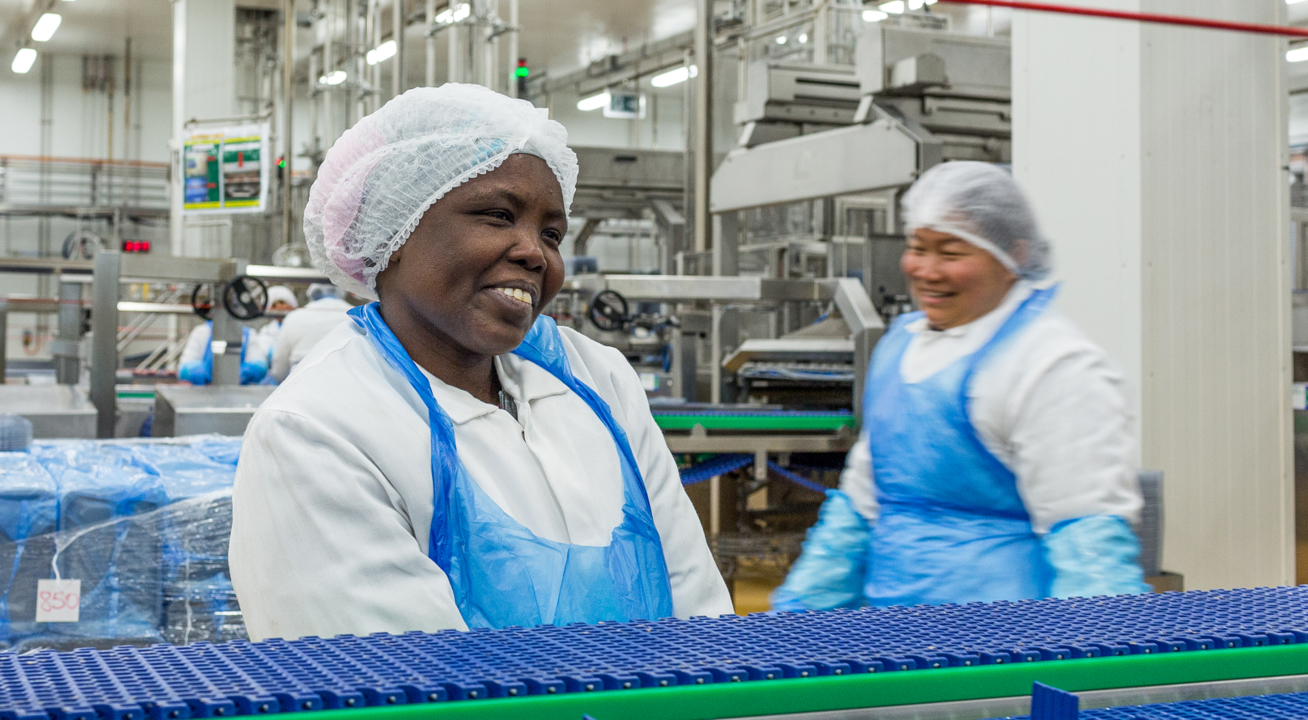The critical role of food safety management systems
(FMS) is a key component of your enterprise. In most instances, you’re legally required to have a food safety management system and you must be able to demonstrate that it is consistently applied. By implementing the most comprehensive approach to food safety possible, you comply with the law and, most important of all, safeguard consumers’ health.
In addition, your system protects your business’s financial health. For example, when a product is recalled from shelves, it’s not “just” a matter of covering costs associated with recalls. Even when food safety risks are well-contained, their financial impact can be momentous. Lost sales, changes in consumer purchasing behaviour and intent, and devaluation of the companies concerned are almost inevitable. There are established examples of companies facing headwinds long after a food safety issue, and the recovery process could be longer than anticipated.
The costs of developing, implementing and maintaining effective food safety management systems are well-documented. However, as recent global events have shown, supply chains can be subject to disruption and price instability. This demonstrates the need for adaptability so that food retailers, manufacturers and service providers can remain within budget, offer competitive pricing and maintain profitability - while also ensuring the utmost levels of food safety and quality. Although this may prove challenging, managing this balance should reap lucrative benefits.
Understanding food safety management systems
What is the purpose of a food safety management system?
Food safety management systems are put in place to control hazards and they are developed based on Hazard Analysis Critical Control Points (HACCPs). Hazards may be biological, chemical or physical and can emerge at various points in the supply chain. Therefore, food safety management systems cover processes spanning everything from raw material production and procurement to distribution and consumption.
What are the principles of food safety management?
Although the more intricate details may differ depending on the products concerned, seven principles form the basis of any FMS.
-
Detailed hazard analysis
-
Determining Critical Control Points (CCPs) to combat hazards
-
Establishing critical limits
-
Creating monitoring procedures
-
Prescribing corrective actions
-
Implementing verification procedures
-
Maintaining record-keeping procedures
With so many processes to manage across multiple products, and with regular reviews of the entire process to undertake, food safety management systems are a challenging undertaking with various costs involved with implementation.
However, for all businesses, it’s vital to remember that prevention is significantly less costly than cure when it comes to food safety strategies. That means they need to proactively seek out cost-effective food safety solutions that may require an initial capital outlay, but undoubtedly save money in the longer term by preventing mistakes.
Strategising food safety management
Strategies for manufacturers
It’s crucial to implement greater traceability within the supply chain and ensure effective date coding. This practice helps to manage the risk of incorrect labelling on production lines. Deploy simple assurance systems to automatically detect and remove incorrectly labelled products, rather than relying on manpower.
Regular staff training can keep businesses up to date on changing food safety regulations and how these affect their daily work. Frequent audits and evaluations of core processes and procedures will help you maintain food safety standards and spot any potential for errors before they happen.
Strategies for brands and retailers
You rely on your suppliers, but there are plenty of affordable ways to improve oversight. Consider implementing a food safety guide for suppliers so that they understand your requirements from the outset. Equip your employees with knowledge of food sanitation, the importance of the cold chain and adherence to food safety and labelling laws.
Consistency and proactive measures are the keys to robust yet cost-effective food safety strategies. This includes implementing clear food safety protocols, training staff, and conducting regular unplanned inspections and evaluations.
Why the future of food safety lies in effective management strategies
Food safety laws alone cannot protect public health. What matters most is how they are put into practice. Though all these measures can feel like an extra drain on resources at a time when food and drink businesses can ill-afford to do so, the preventative impact on safety management going forward will ensure such steps deliver a more than reasonable ROI. At the same time, they help businesses bolster their reputation for reliable quality, building brand equity and consumer goodwill.
There are numerous reasons, in other words, why food and drink businesses should continue to prioritise their ESG performance and sustainability, despite ongoing uncertainty. Not only does it retain existing customers and attract new ones, but it can improve margins, drive growth and make supply chains more resilient to future shocks.
It can undoubtedly be challenging for manufacturers, retailers and service providers to simultaneously navigate budget cuts while stepping up their efforts on food safety management. However, by remembering that proactive, preventative steps are the most cost-effective solution in the long term, it is possible to manage budgets while prioritising food safety for both customers and consumers.
Do remember that technology offers ways to do things more efficiently and more cost-effectively. For example, Foods Connected offers food safety management software that can help you with supply chain management, including sourcing, detailed provenance data, and supplier performance information. With reliable suppliers on your side, you can focus your efforts on in-house food safety standards, strategies, processes and interventions. Find out more by requesting a demo of our award-winning software solutions.
Natalie Thorpe
A graduate of Letterkenny Institute of Technology, Natalie studied Visual Communication and Graphic Design. When she's not creating up new designs for company materials and branding, writing, compiling marketing plans or implementing new UX strategies, you'll find her roaming a deserted beach in search of her disappearing dog, or soaking up different cultures on her globetrotting adventures!
Stay up to date
Stay up to date
Browse Posts
- November 2025
- October 2025
- September 2025
- August 2025
- July 2025
- June 2025
- May 2025
- April 2025
- March 2025
- February 2025
- January 2025
- December 2024
- November 2024
- October 2024
- September 2024
- August 2024
- July 2024
- June 2024
- May 2024
- April 2024
- March 2024
- February 2024
- January 2024
- December 2023
- November 2023
- October 2023
- September 2023
- August 2023
- July 2023
- June 2023
- May 2023
- April 2023
- March 2023
- December 2022
- November 2022
- October 2022
- September 2022
- August 2022
- July 2022
- June 2022
- May 2022
- April 2022
- March 2022
- February 2022
- January 2022
- December 2021
- November 2021
- October 2021
- August 2021
- July 2021
- June 2021
/Blog%20Headers/shutterstock_2469356249.jpg)
/Blog%20Headers/shutterstock_1927957907%20(1).jpg)
/Blog%20Headers/shutterstock_1845178195%20(2).jpg)
/Blog%20Headers/shutterstock_2473376713.jpg)
/Blog%20Headers/shutterstock_2133827717%20(1).jpg)
/Blog%20Headers/shutterstock_2247276303.jpg)


.png)
.png)

/Blog%20Headers/Duncan%20Spencer%20Brown.png)
.jpeg)
/Blog%20Headers/Whitbread%20CS%20Blog%20Header.jpg)



.png)
/Blog%20Headers/Blog%20header_Supply%20Chain%20Resilience%20Series_Navigating%20trade%20tensions.jpg)

.png)